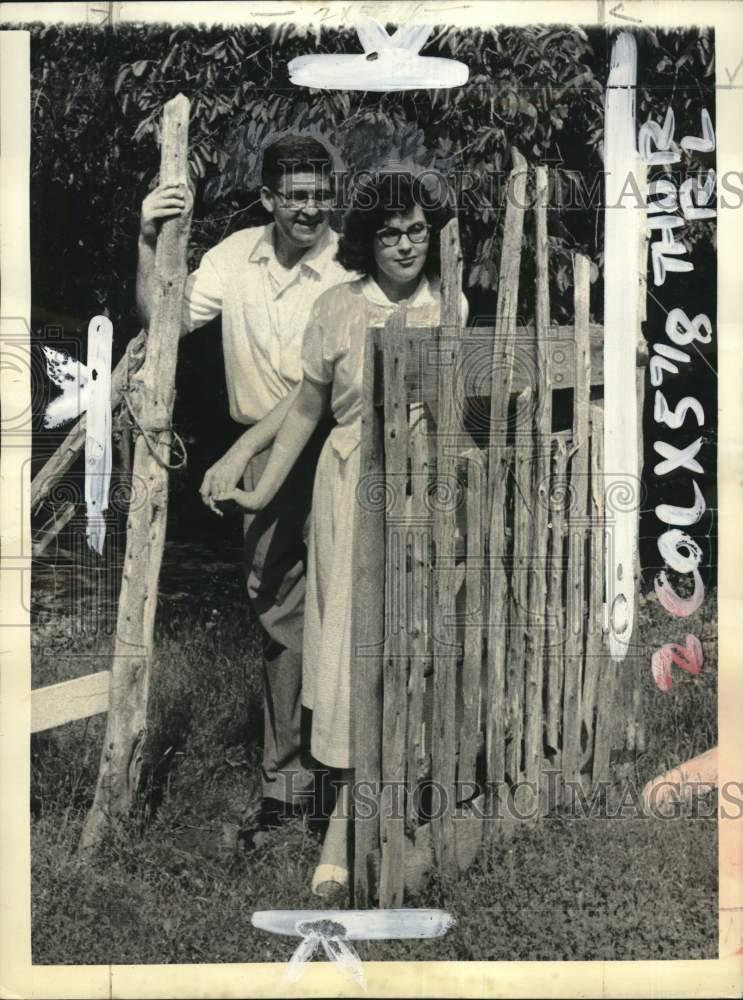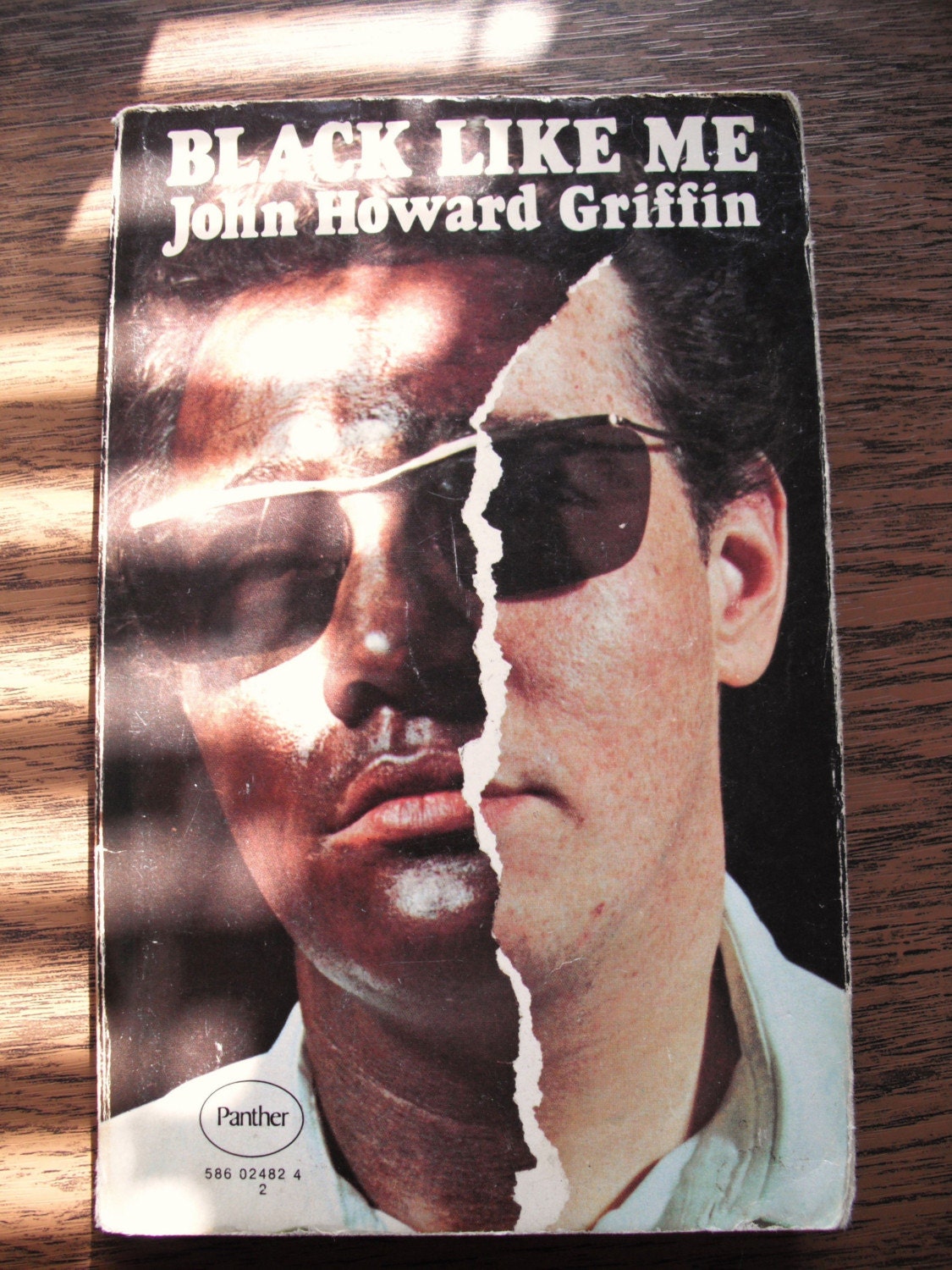


Typically, access is provided across an institutional network to a range of IP addresses. If you are a member of an institution with an active account, you may be able to access content in one of the following ways: Get help with access Institutional accessĪccess to content on Oxford Academic is often provided through institutional subscriptions and purchases. By tracing this strategic avoidance, Griffin’s archive uncovers the imagined spectre of black masculinity shaping the most iconic example of empathetic racial impersonation in this genealogy. This chapter details how the haunting absence of Joseph and the missing October 31, 1959, journal entry structure each iteration of Griffin’s empathetic racial impersonation-from his journals and articles for Sepia to the literary and film versions of Black Like Me. Close-reading those journals uncovered Griffin’s secret black persona, “Joseph Franklin.” Written in an unpublished Halloween journal entry, known in this book as the “missing day, this chapter centers that entry.” It reads Griffin’s later success in cross-racial empathy through the spectral persona of Joseph, an imagined identity on which Griffin projected anxieties about black masculinity, and his dread about his impending temporary blackness. Before those articles, Griffin wrote about his experiment in his personal journals. This chapter uses archival research to reveal how Griffin prepared for his temporary (mis)adventures in Southern blackness, first published in a six-part series in the now defunct, black periodical, Sepia. This chapter considers the iconic, cross-racial impersonator, John Howard Griffin, author of the bestselling Black Like Me (1961).


 0 kommentar(er)
0 kommentar(er)
